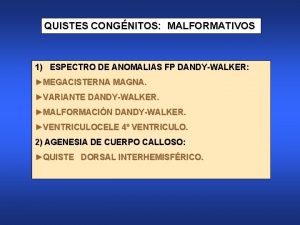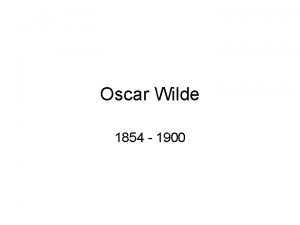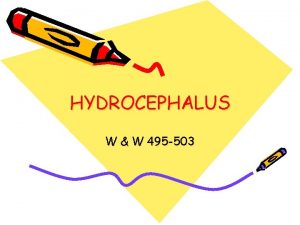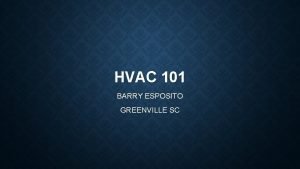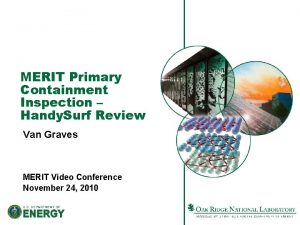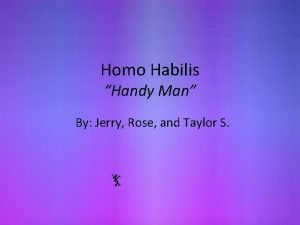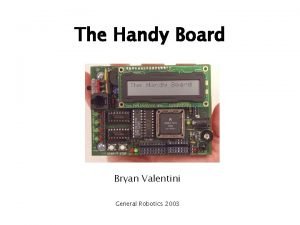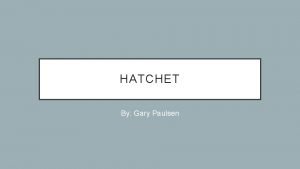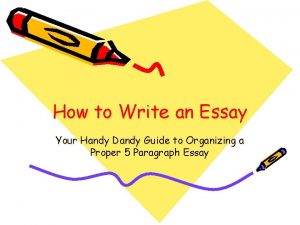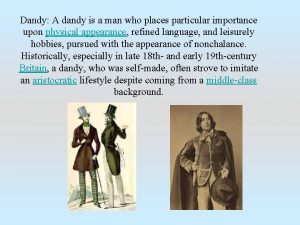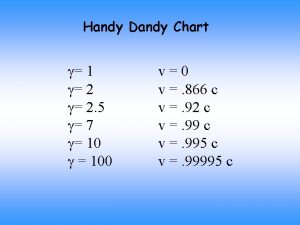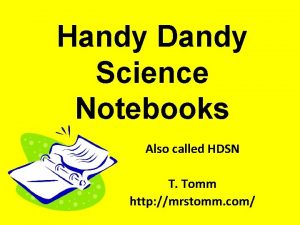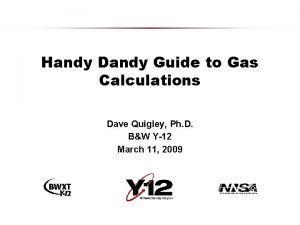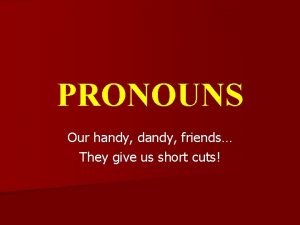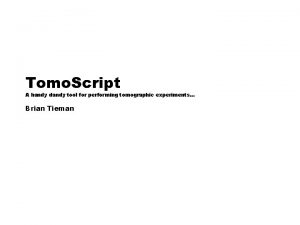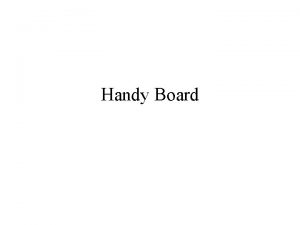How to Write an Essay Your Handy Dandy














- Slides: 14

How to Write an Essay Your Handy Dandy Guide to Organizing a Proper 5 Paragraph Essay

What is an Essay • A basic essay consists of three main parts: INTRODUCTION 3 BODY PARAGRAPHS A CONCLUSION

• • • The Introduction Grabs attention and introduces topic TITLE, AUTHOR, and PLOT Have a HOOK! Introduce topic Thesis statement – guide to entire essay! • Concluding Sentence

The Thesis Statement • An argument you are going to prove. • Roadmap for essay. • This is the LAST SENTENCE in your INTRODUCTION paragraph. • A basic thesis statement contains the topic and the 3 main points to support the topic. • For example, prove that Hermione Granger is one of the most important characters in the Harry Potter series. • Thesis statement: Despite what dog lovers may believe, cats make excellent housepets as they are good companions, they are civilized members of the household, and they are easy to care for.

BODY PARAGRAPHS • 3 body paragraphs – all follow the same structure – discuss and prove different points. • Each body paragraph = 1 point from your thesis. • Convince the reader that your point is right. • Each body paragraph needs: – topic sentence, – point, – and proof. • Use transition phrases. • Write a closing sentence. • Do this x 3

WRITING A PARAGRAPH 1 paragraph = a MINIMUM of 8 -10 sentences Format: TOPIC SENTENCE (1 st Sentence) Reflects which thesis statement point you will be discussing PROVE your POINT by providing PROOF (examples) COMMENT on each PROOF to further your analysis. Therefore…POINT (topic sentence) PROOF & COMMENT (x 3) CONCLUDING SENTENCE (last sentence) Final statement that brings together the ideas brought up in the paragraph and emphasizes the main point one last time.

Write a paragraph using the following prompt: Explain why Uncle Axel is an important character in the novel. • Topic sentence: Despite what dog lovers may believe, cats make excellent housepets as they are good companions, they are civilized members of the household, and they are easy to care for. • The topic sentence is followed by body sentences that go into greater detail on the topic.

Writing a paragraph con’t • In the first place, people enjoy the companionship of cats. • Many cats are affectionate. They will snuggle up and ask to be petted, or scratched under the chin. Who can resist a purring cat? If they're not feeling affectionate, cats are generally quite playful. They love to chase balls and feathers, or just about anything dangling from a string. They especially enjoy playing when their owners are participating in the game. Contrary to popular opinion, cats can be trained. Using rewards and punishments, just like with a dog, a cat can be trained to avoid unwanted behavior or perform tricks. Cats will even fetch!

The Conclusion • Brings together ALL of the main points • RESTATES the THESIS. • Resolves any ideas brought up in the essay. #1 RULE IN ANY CONCLUSION YOU CANNOT INTRODUCE ANYTHING NEW!

How to Begin • The teacher will provide topic questions which you should brainstorm about. Brainstorming in this case includes finding evidence to support your point. (PROOF) • You cannot make a statement about something and not provide evidence that shows that your statement is correct.

Try brainstorming in this way Argument Point: Proof: Comment:

• • • • Formal Writing Rules Do not use the first or second person (I, my, we, us). Do not use contractions (can’t, won’t, doesn’t). Do not use clichés, metaphors or figures of speech. Avoid saying “The essay will discuss. . . ” or “In my opinion. . . ” Avoid using “a lot”. If you do use it, take care not to repeat it often. Avoid redundancy and repetition. Be specific. Do not use words such as “things” or “many examples”. Do not be vague. Always follow MLA format (see below) Always type and double space. Use size 12 pt font, Times New Roman, and standard 1” margins EDIT, EDIT! Save your rough work. When writing about literature, always write in the present tense. I. e. “The Chrysalids is a book about the future” not “The Chrysalids was a book about the future”. Essays should be submitted with one staple in the top left hand corner. Do not put them in folders or duotangs.

MLA Format • Essay written in 12 pt font, 1” margins • No separate title page. In the top left corner of the first page of your essay, write: Your Name Teacher’s Name Double spaced Course Code Date Submitted • Put your last name and page number in the top corner of each page after the title page. • Italicize the title of the novel • When using quotes, reference the page number in the following way: • First quote, use the author’s name in the reference. • “I didn't even notice then that it had more than the usual number of toes” (Wyndham 6).

MLA Continued Second quote from the same source, no need for the author’s name. • “I didn’t even notice then that it had more than the usual number of toes” (6). • Submit a Works Cited page to show the resources that you have quoted from in your essay. The format for the Works Cited: • Write Works Cited centered at the top of a new page. (Ensure your last name and the page number are still included in the top right corner. ) • Each entry in the works cited should be in alphabetical order according to the author’s last name. • Last name, First name. Title of Book. City published: Publisher, Year.
 Handy dandy earth science reference tables
Handy dandy earth science reference tables Aesthetic movement oscar wilde
Aesthetic movement oscar wilde Ventriculocele
Ventriculocele Oscar wilde dandy
Oscar wilde dandy Dandy walker syndrome
Dandy walker syndrome Dandy innovations
Dandy innovations Wenn früh am morgen dein handy piept
Wenn früh am morgen dein handy piept Isabelle handy
Isabelle handy Barry esposito
Barry esposito Typologie van handy
Typologie van handy Handysurf
Handysurf Cultuurmodel handy
Cultuurmodel handy The nickname “handyman” is given to the species.
The nickname “handyman” is given to the species. Handy board microcontroller
Handy board microcontroller Hatchet chapter 7 questions and answers
Hatchet chapter 7 questions and answers


